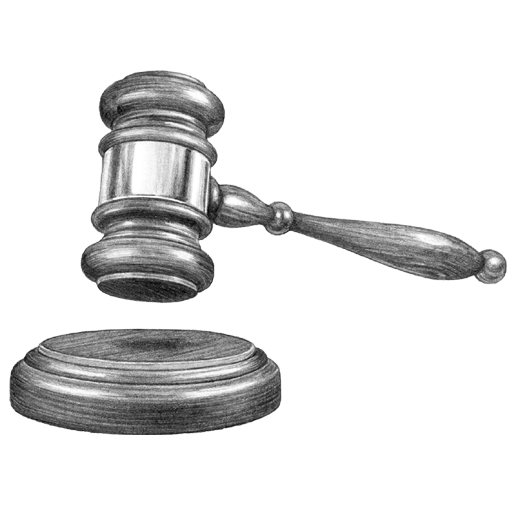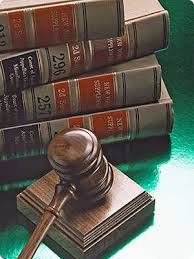Call us now:
Retirement Planning in Sydney: Common Mistakes and How to Avoid Them
Introduction: The Importance of Getting it Right in Sydney Retirement planning in Sydney can be challenging due to higher living costs, property prices, and lifestyle…





